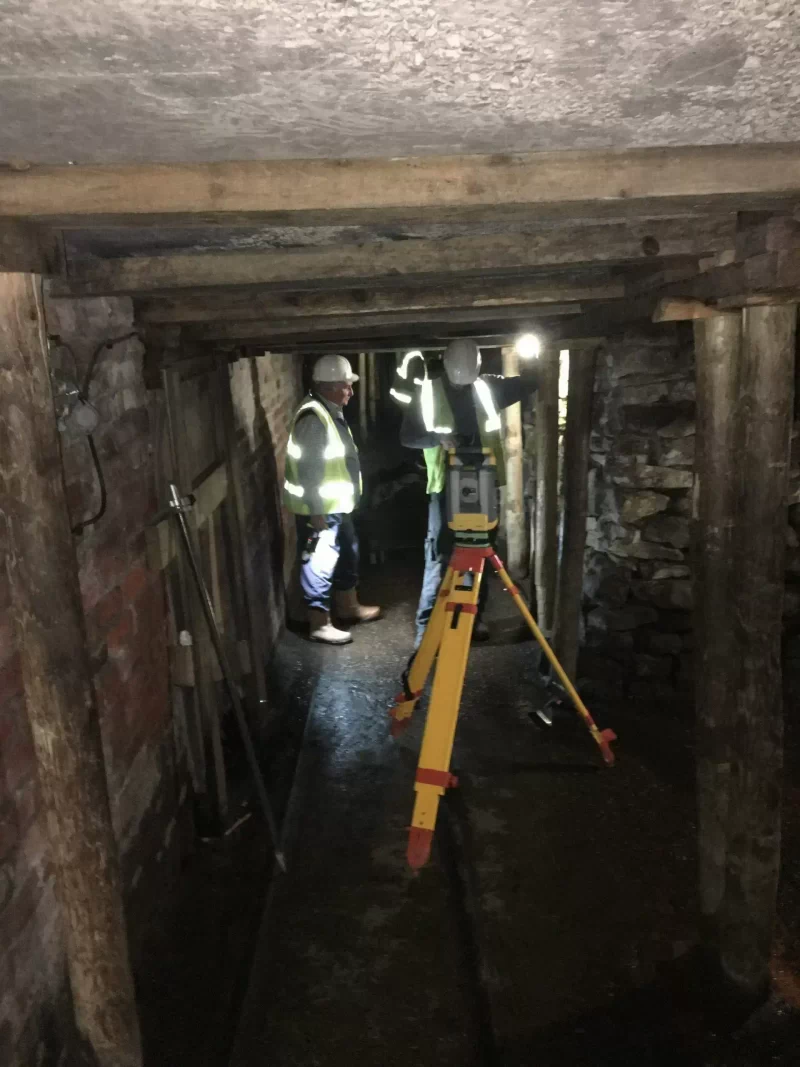The Health and Safety Act 1974 marked an important milestone in the government-led motion to ensure a safer, more regulated working environment.
The Industrial Revolution
It had been a long time coming – up until the late 1700’s, the general attitude towards safety in the workplace was that every man was responsible for himself. The Industrial Revolution brought with it a number of government-appointed inspectors responsible for ensuring that standards within specific industries were being met.
Factories fell under government inspection in 1833, mines in 1842, and railways in 1894. At this time, the inspectors focused mainly on encouraging employers to implement health and safety procedures, rather than punishing them for overlooking issues.
Many employers opposed the government involvement, deeming it “interference” and actively pushing against it by claiming they’d introduced their own internal measures voluntarily.
Unfortunately, it took disasters like the 1913 Senghenydd mining disaster in Wales (which killed 440 men and boys), as well as the rise of trade unions to push the government to extend and enforce regulations. Still, thousands of people continued to be killed and injured at work well into the 20th century.
The Health and Safety Act 1974 was put in place to hold employers accountable legally for the safety and welfare of their employees, as well as to ensure that government procedures were being followed to the letter.
Why is it important to survey safely?
Surveying takes place in a wide range of locations; from inside listed buildings, to the side of busy motorways and on top of windswept cliffs and quarries.
Because of the massive variation in potential environments, it’s important to Landform Surveys that our staff have faith in our commitment to following Health and Safety procedures.
The Royal Institute of Chartered Surveyors (RICS) Health and Safety guide ensures that all approved surveying companies are compliant with the same standards. It emphasises that regardless of your role in the industry, you have a responsibility in preventing accidents at work.
What are the main points outlined in the RICS Health and Safety guide?
We ensure the safety of our employees by following the guidelines outlined by RICS. This includes:
- Providing Health and Safety information
- Having emergency procedures
- Carrying out and recording risk assessments
- Providing Personal Protective Equipment (PPE) such as Hi-Vis jackets and Helmets
- Recording where employees are at any given time
We also have a responsibility to provide our employees with a well-equipped workplace that caters to their needs. Although much of our work is completed away from our ‘base’, we still strive to maintain a healthy working environment by providing:
- Welfare support
- Smoking areas
- A break room
- First aid
Our employees also have their own responsibility to be mindful of the safety of themselves and those around them. This involves making sure that they’re wearing correct equipment at all times, and that rules regarding personal appearance (i.e. long hair, beards etc.) are being followed.
Perhaps the most important part of surveying is the risk assessment and hazard identification that has to take place prior to (and throughout) each job. Risk assessment involves looking at any hazards, the persons/property exposed to them, any specific assessments to be carried out, the control measures in place, and any PPE worn by staff.
Here’s a fictional case study as an example:
| TOPOGRAPHIC SURVEY, LOCATION, XX/XX/XXXX | |
HAZARDS
|
PERSONS/PROPERTY EXPOSED [Y/N]
Young Person – N Site Operatives – Y Visitors – Y Public – Y New/Expectant Mothers – N Contractors – Y Lone Workers – Y |
| SPECIFIC RISK ASSESSMENTS TO BE COMPLETED?
N |
CONTROL MEASURES IN PLACE
|
| PPE [Y/N]
Safety Helmets – Y Hi Vis Jackets – Y Safety Footwear – Y Eye Protection – N Dust Masks – N Ear Plugs – N Ear Defenders – N Gloves – Y Protective Overalls – N Gauntlets – N Harnesses – N Breathing Apparatus – N |
|
Get in touch!
Interested in a safe, fully-risk assessed survey? Get in touch with Landform Surveys today.


